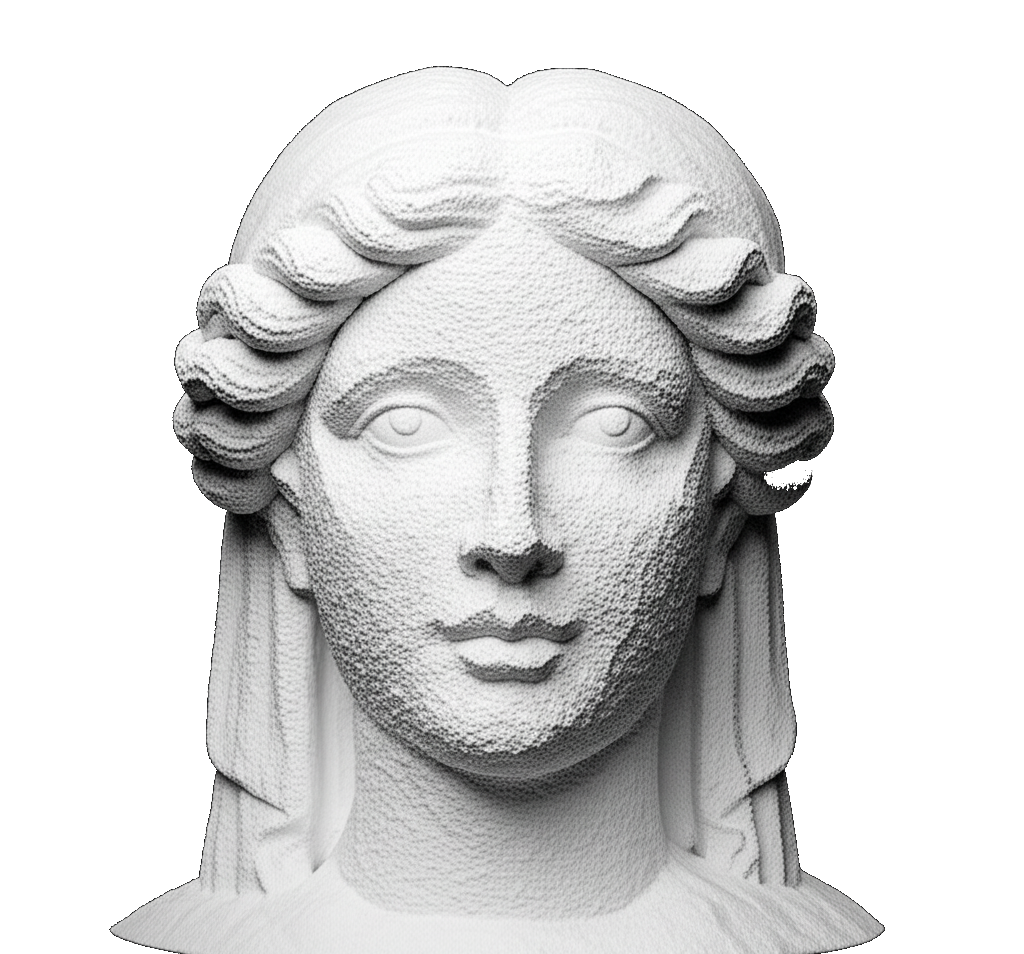For a long time, the historical accuracy of the destruction of Sodom and Gomorrah was questioned. However, recent research by archaeologists and geologists suggests that these events did indeed occur. These cities and their surroundings seem to have been exposed to a catastrophic event, with traces of petroleum and bitumen in the region suggesting the possibility of intense fires.
Additionally, thick layers of salt, sometimes reaching up to 4.5 meters (14.7 feet), have been discovered, particularly at the base of nearby mountains. This salt, often very pure, along with limestone rich in sulfur, points to a catastrophic event involving high temperatures and volatile materials. This matches the biblical description where “the LORD rained down burning sulfur on Sodom and Gomorrah – from the LORD out of the heavens” (Genesis 19:24). The intense heat required for such an event is supported by the discovery of melted pottery with bubbled surfaces, indicating exposure to temperatures exceeding 1,000°C (1,800°F).
Furthermore, the phenomenon of Lot’s wife turning into a pillar of salt could be attributed to her being engulfed by sulfur and salt as the cities were destroyed. The aftermath of this event is believed to have left a large crater, now known as the Dead Sea. This depression measures approximately 75km (46 miles) in length and 16km (10 miles) in width, with depths reaching 399 meters (1,300 feet) below sea level.
The Dead Sea itself is a unique body of water with extremely high salinity, preventing the existence of fish and other life forms. People float easily on its buoyant waters, and after swimming, a layer of white residue comprised of salt and sulfur remains on the skin. The harsh and inhospitable environment of the Dead Sea and surrounding area reflects the severe consequences described in the biblical account of the destruction of Sodom and Gomorrah. This evidence supports the fact that the events described in the Bible have a basis in historical and geological reality.

Learn more:
